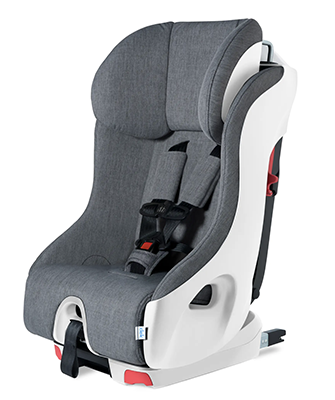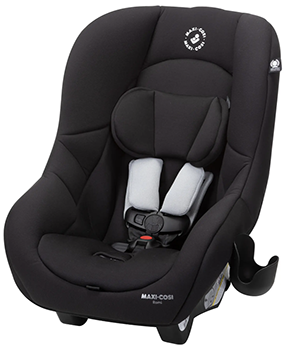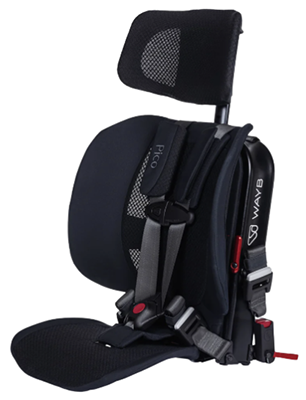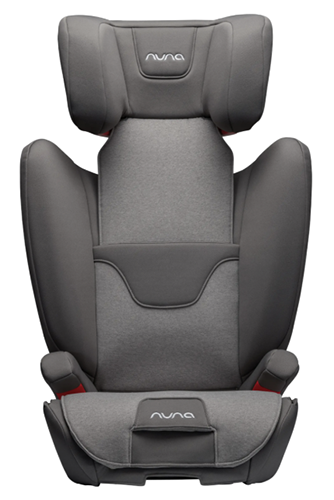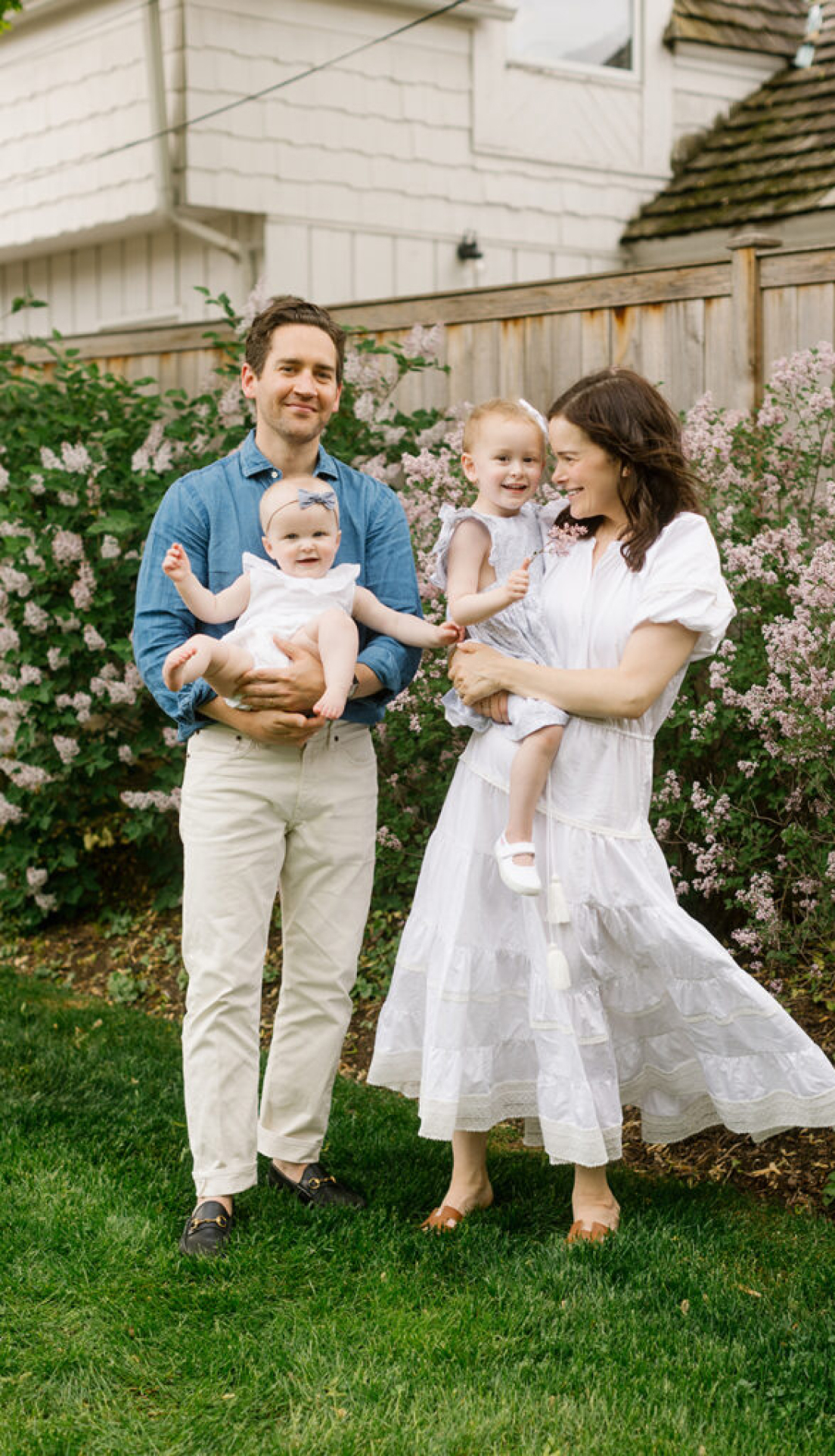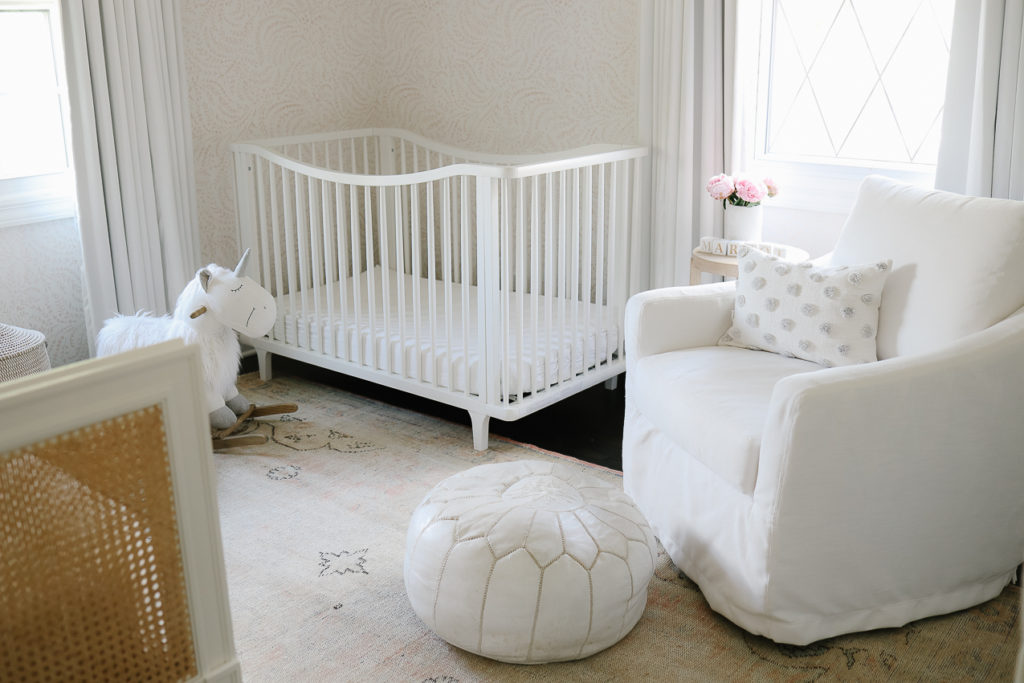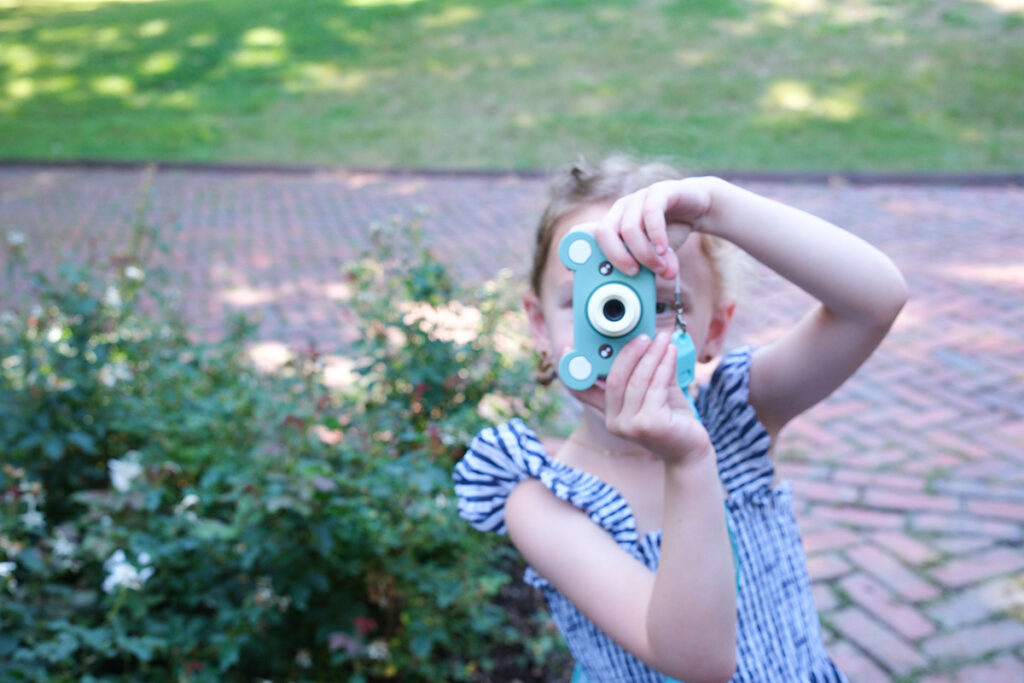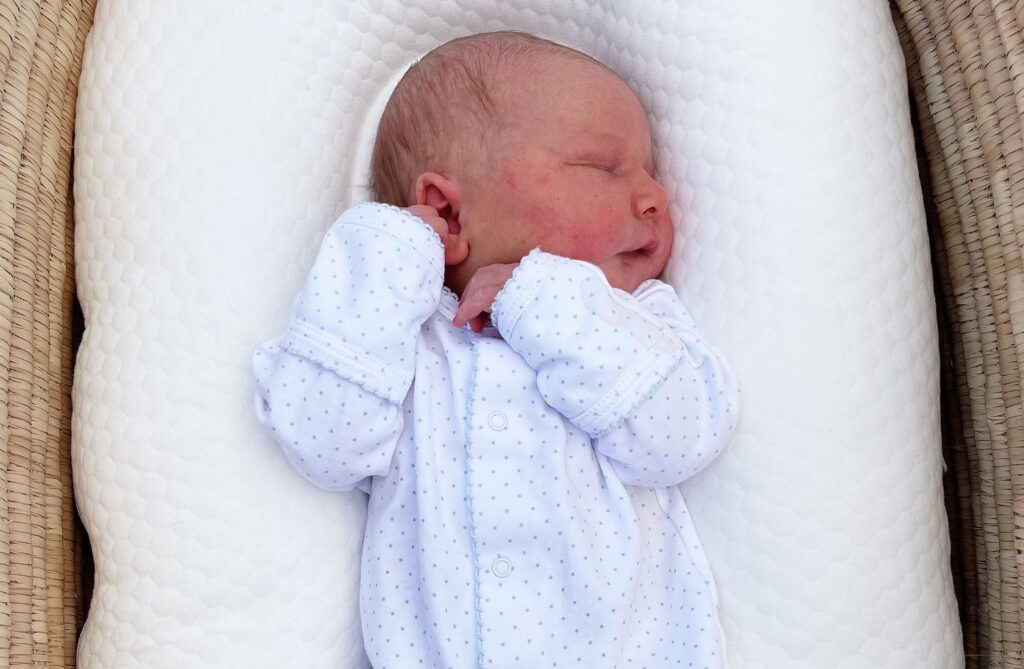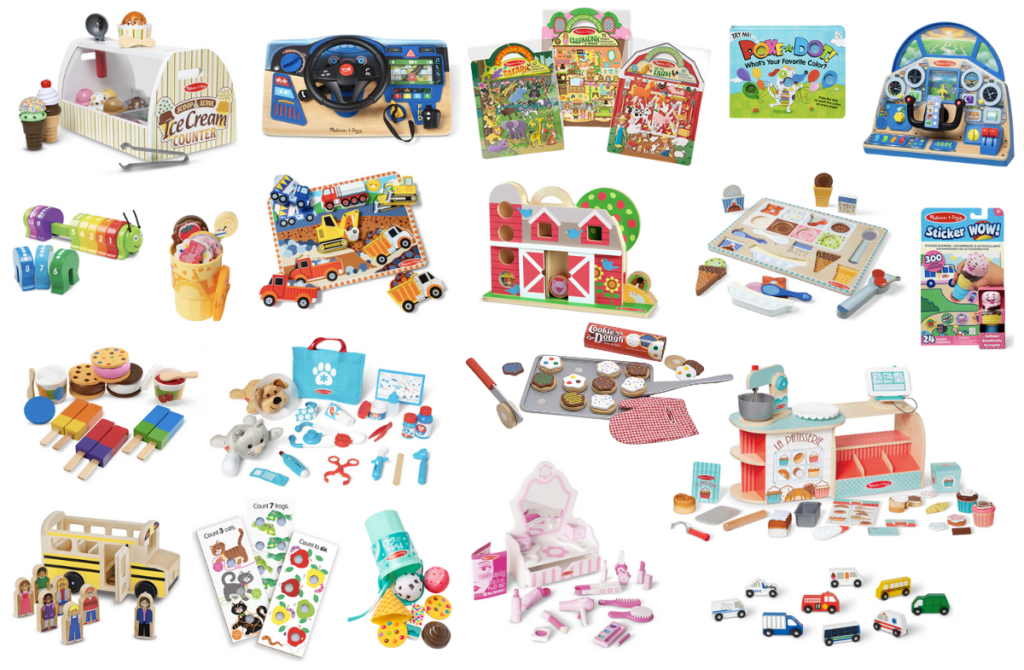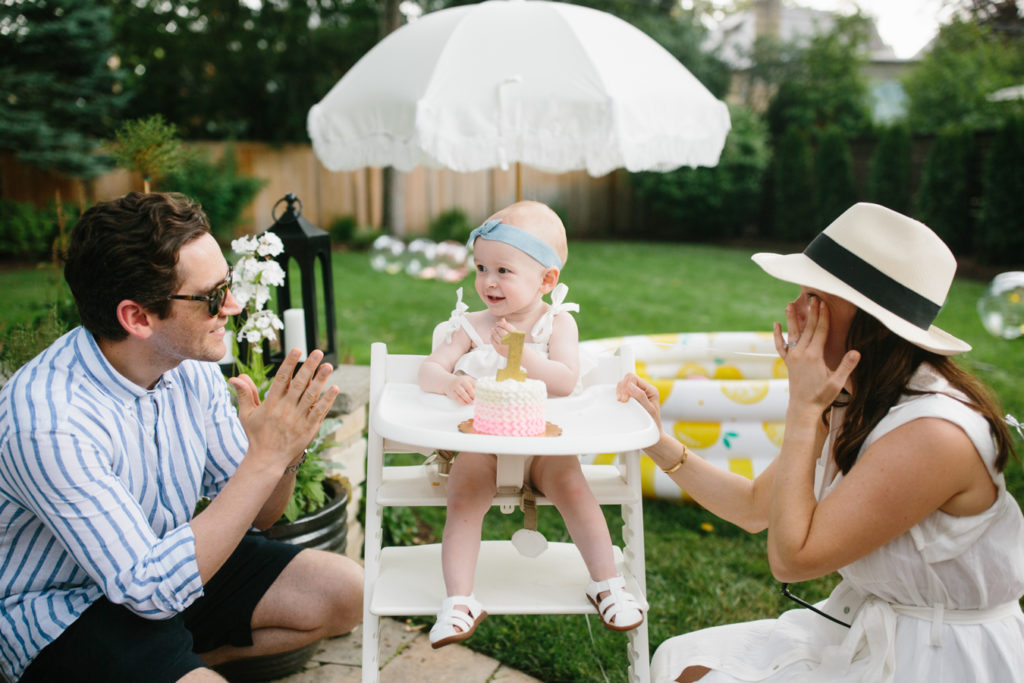Baby and Kids
How to Know if Your Child is Ready for a Booster Seat
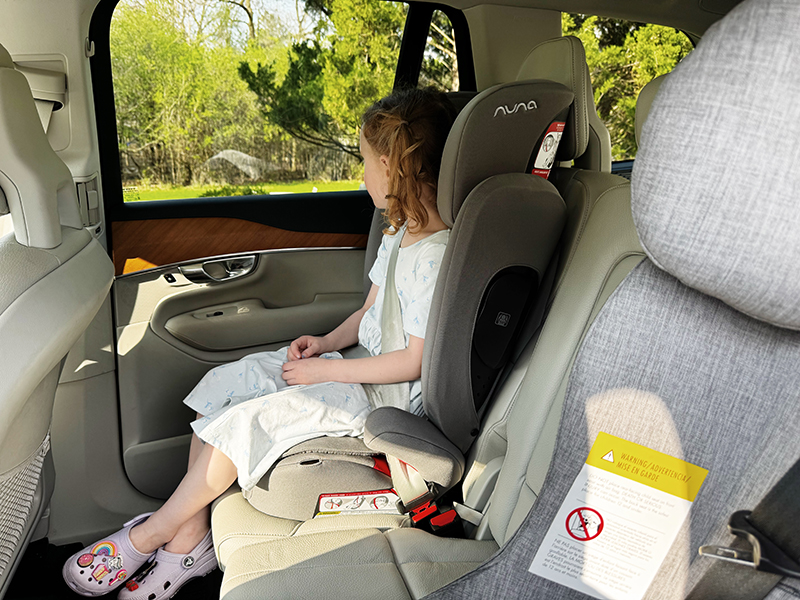
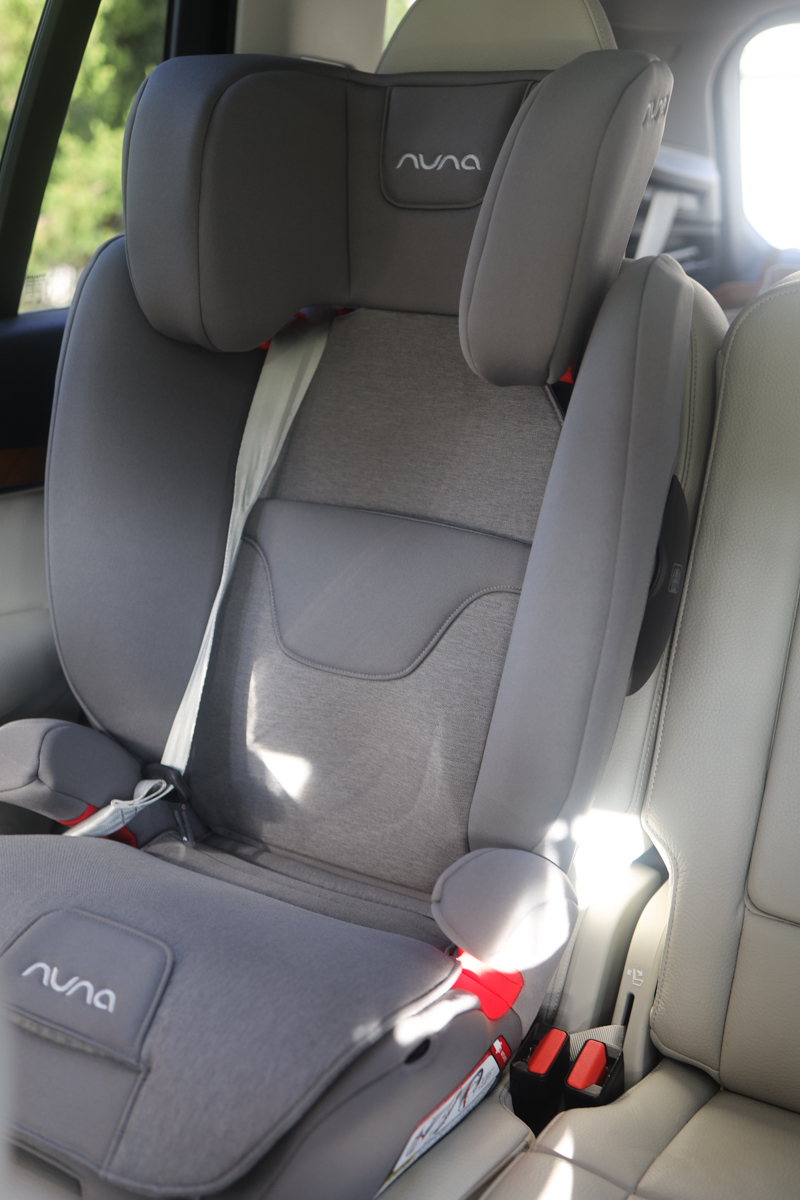
My kids know I’m a “safety mom.” No popcorn or lollipops before age four. No trampoline parks. I believe in keeping a child in a rear-facing seat until at least four years of age or maxing out weight and height. And my oldest just switched from a five-point harness car seat to a booster at almost seven years-old. Some might call this extreme, but I’m doing what I know is safest for my kids. That doesn’t feel extreme to me. These rules don’t really get brought up very often—they are just what we do. So today, I’m going to talk about when to switch from a car seat to a booster, what kind of booster seat to get, and some safe car seat practices.
How to Know if Your Child is Ready for a Booster Seat
The following is what worked for us, and is what I know to be “best practice” — always follow your car seat instruction manual and read what the AAP has to say about child passenger safety.
Most parents move their child to a booster seat around age four. Your child should meets the booster’s minimum height and weight limits. But they should also hit the maximum weight or height limit for their convertible car seat before moving to from a harnessed car seat to a booster. Most boosters start around 40 pounds and 38 inches tall, but they should stay in their car seat until they no longer fit, even if they’re technically “big enough” for a booster. The standards given to parents are not ideal, and many don’t know to look at a car seat’s maximum weight and height limits before considering moving to the transition.
My daughter was probably the last of her friends to go from a car seat to a booster, and it was never an issue. She knows that all families have different rules, and that I like being safe. She’s also so excited and feels like such a big kid now.
If you want a quick answer as to when to switch your child to a booster, the right time is to wait as long as possible, as your child fits in their 5-point harness. That usually means at least age five or six.
My oldest moved to a booster less than three months before her seventh birthday. She maxed out on height for her car seat and is also mature enough to sit properly in a booster. If your child slouches, leans, or messes around with the seat belt, they’re not ready.
The Basics of Car Seat Safety:
I had a consultation with The Car Seat Lady to learn about the right seats for our cars. She checked our installs over video and gave me advice on the best car for our needs with three children in car seats. I told you—I am really into safety.
Car seat safety isn’t just about making sure your child is in a car seat of some kind. It’s about proper fit, the right seat, the correct positioning, a proper install, and the safest position. Most car seats are not installed properly, and kids are often put in the seat incorrectly, too. The chest clip should not be up by their neck or on their stomach—it should be at arm pit height, and the straps should be pulled tight and not twisted. Buckle the harness snugly and try to pinch the strap at the collar bone. If you can pinch it, it’s too loose. Your child should also never wear a coat or bulky clothing in their car seat.
Car Seat Progression:
Here’s the progression and type of car seat your child should be in based on age, height, and weight, and of course, basic car seat law.
1. Infant car seat: You can start in an infant seat for the first year or so, and will want to look at the height, weight, and consider comfort and ease of use. You can start with a rear-facing convertible, but I liked having an infant seat in the beginning. I switched all three of my kids over to a convertible (rear-facing) just before their first birthdays, when the seat started to feel too heavy to take in and out of the car.
2. Rear-facing car seat: Rear-facing is safest, period. Your child is significantly safer rear-facing, even if their legs are bent. Their heads and necks are better supported that way, and they should rear-face as long as possible. Most convertible car seats let kids stay rear-facing up to 40–50 pounds. My girls both stayed rear-facing until they were around age four. Every seat is different, so check your car seat manual. Follow the height, weight, and install guidelines closely.
3. Forward-facing seat: Your child should stay in their forward facing seat until they are too tall, too heavy, or no longer fit based on the car seat’s manual.
4. Booster seat: Start with a high-back booster when your child no longer fits in their forward-facing seat. I will share more about the one I recommend below. Most kids need a booster seat until age 10–12.
5. Seat belt (in the back seat). According to the National Safety Council, children should ride in a child restraint in a rear seat until they’re at least 9 years old and a minimum of 4 feet 9 inches tall and 80 pounds. According to the American Academy of Pediatrics (AAP), which is who I tend to follow, they should be at least 13 years of age. However, the front seat is not the safest place for your children to be in the event of car crashes. Those seats are made for adults and not children, so it’s safest to keep children in the back seat.
The Car Seats I Recommend
After a lot of research, I picked the Clek Foonf. Yes, it’s pricey, but here’s why I loved it. First, it’s fun to say Foonf! But more important, it’s built like a tank. The Foonf has a steel-reinforced frame and energy-absorbing crumple zones. It also has extended rear-facing limits. My kids are tiny, so my almost seven year-old isn’t close to the max rear-facing weight, but she just maxed out on height months before her seventh birthday. The Foonf is tall and heavy. It’s not ideal for frequent travel or moving between cars. But it’s the perfect choice for a family car.
And let’s be honest—it looks good, and aesthetics are important ot me. The clean lines and modern fabrics make me happy. I have three of these seats in one car and two in another. Choosing the Foonf gave me peace of mind during those early years. Moving to the AACE felt right when the time came.
I’ll share our car seat, and the travel car seats I recommend based on age and size.
Maxi Cosi
Romi Car Seat
What to Consider Before Transitioning to a Booster Seat:
Transitioning from a forward-facing car seat with a harness to a booster seat is based on several factors beyond just age.
Age and Maturity: Most children are ready for a booster seat between 4 to 5 years old. However, they must be mature enough to sit properly without slouching, leaning, or playing with the seat belt. Consider belt-positioning boosters (like the AACE) to make the transition safer.
Height and Weight: Your child should meet the minimum height and weight requirements specified by the booster seat manufacturer.
Seat Belt Fit: The vehicle’s seat belt should fit properly, with the lap belt lying snugly across the upper thighs and the shoulder belt crossing the chest and shoulder.
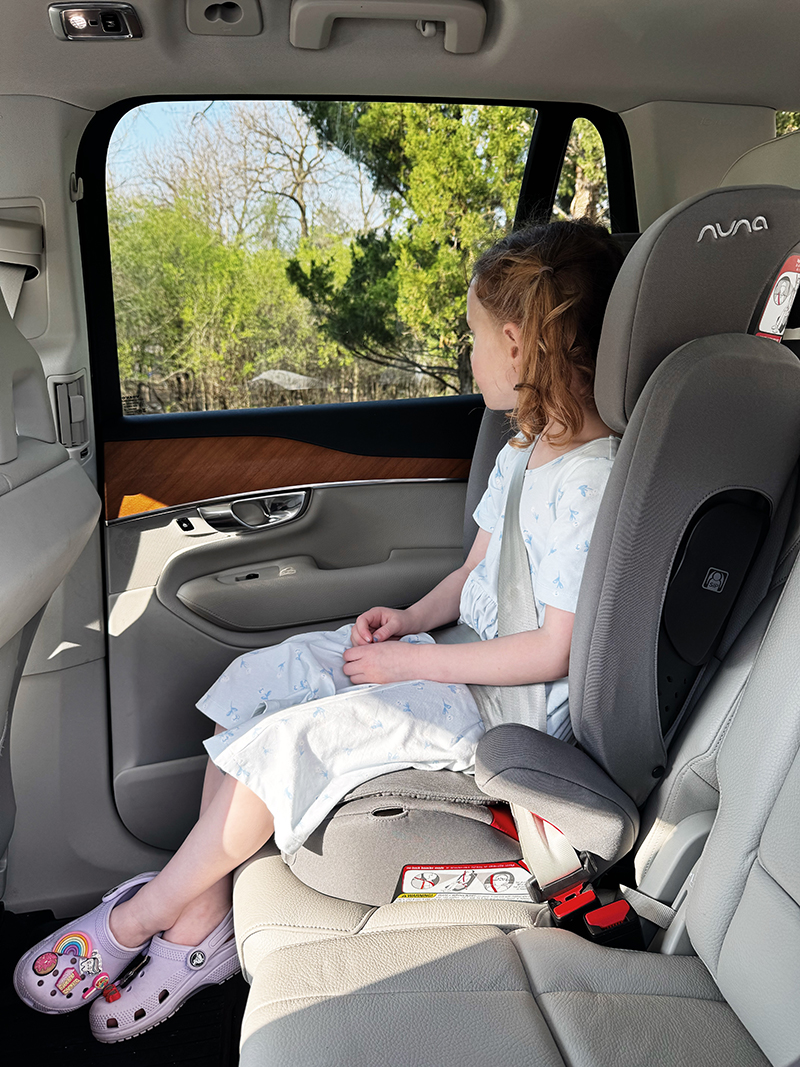
The Booster Seat I Recommend
The Nuna AACE high back belt-positioning booster seat designed to grow with your child. I chose the AACE since it’s designed for extended use up to pre-teen years, and it came recommended by The Car Seat Lady. It achieved top scores in crash tests—its high safety ratings offer peace of mind. It’s also user friendly, and very easy to install. And it offers both high-back and backless modes, so it’s great for travel, and as your child gets older.
High back booster seats are ideal for the transition from car seat to booster since they help position the seat belt and offers side impact protection. High-back boosters also remind kids to sit up straight. They’re a great transition from a harnessed seat. When your child is bigger and more consistent, backless booster seats are a great option. I love that the AACE converts to a backless, but I’ll probably purchase a backless in two years when my older daughter is ready, and move my younger daughter into the high-back booster.
Once you install the booster, make sure the vehicle’s lap belt is flat, low, and tight across your child’s hips and that the shoulder belt rests flat across your child’s shoulder, not touching their neck or face.
Key Features of the Nuna AACE
3D Growth™ System: This innovative system allows the seat to adjust in three dimensions. It has a one-hand, 11 position height-adjustable headrest. The seat grows out, too. The shoulder width expands simultaneously with the headrest. The AACE also offers 3 depths, providing support for growing legs.
AACE Safety:
Energy-Absorbing Foam: Provides superior side-impact protection.
SIP Pods: Side Impact Protection pods take security to the next level.
Rigid LATCH Connectors: LATCH connectors offer additional stability by securing the booster seat to the vehicle seat with lower anchors.
Comfort and Convenience:
Ventilation Panels: Integrated within the shell for a comfortable climate.
Machine-Washable Fabrics: Easy to remove and clean.
Removable Cup Holder: Dishwasher-safe for added convenience.
There’s a lot of pressure to “move up” in car seats, but this isn’t a milestone to rush. The real win is keeping your child as safe as possible. Read the manuals. Know when your child is too big to be in their forward-facing convertible seat. Look at your child’s size and behavior. Go with what makes you feel confident and safe.
And if you ever need help, find a certified car seat tech like The Car Seat Lady or someone local They can help you decide what’s right for you and make sure everything is installed correctly. I hope our experience helps you feel a little more sure about yours.
Why I'm Glad I Started a Family Later in Life
This post contains affiliate links. If you purchase something using my links, I may earn a commission at no cost to you.

